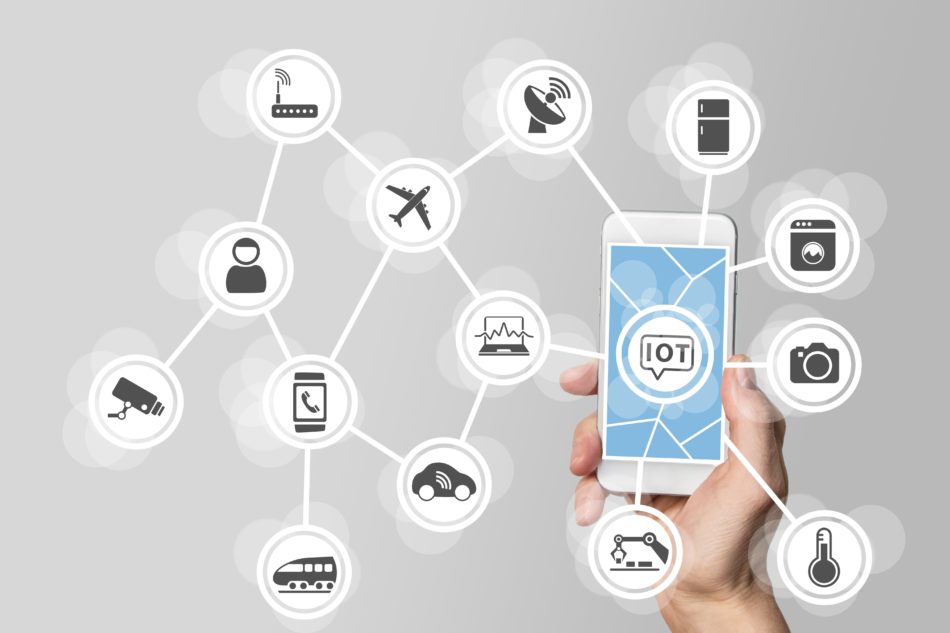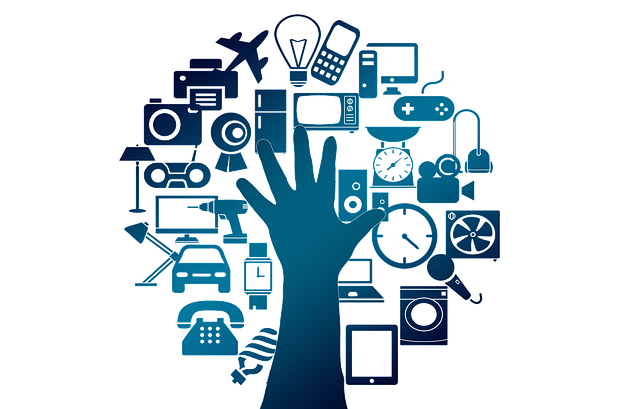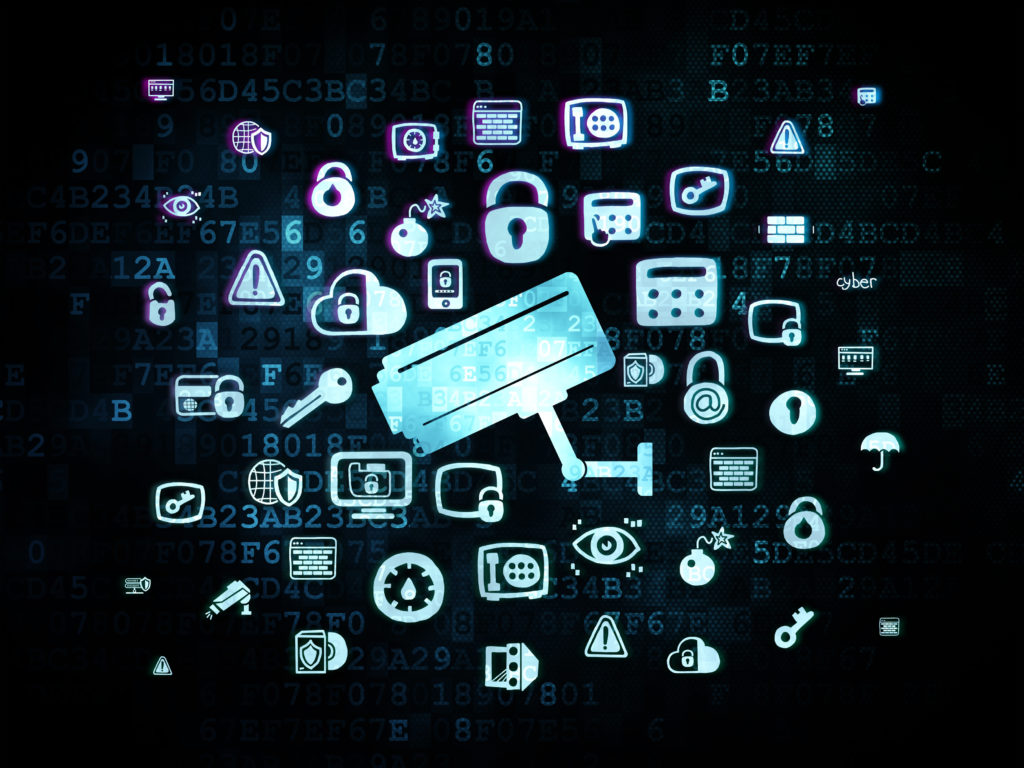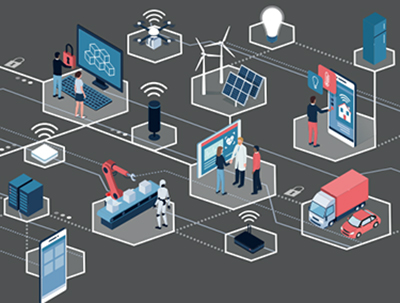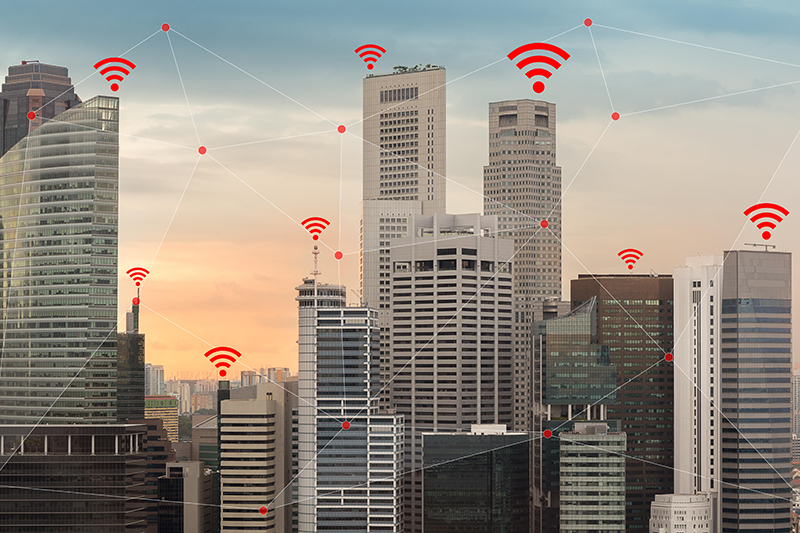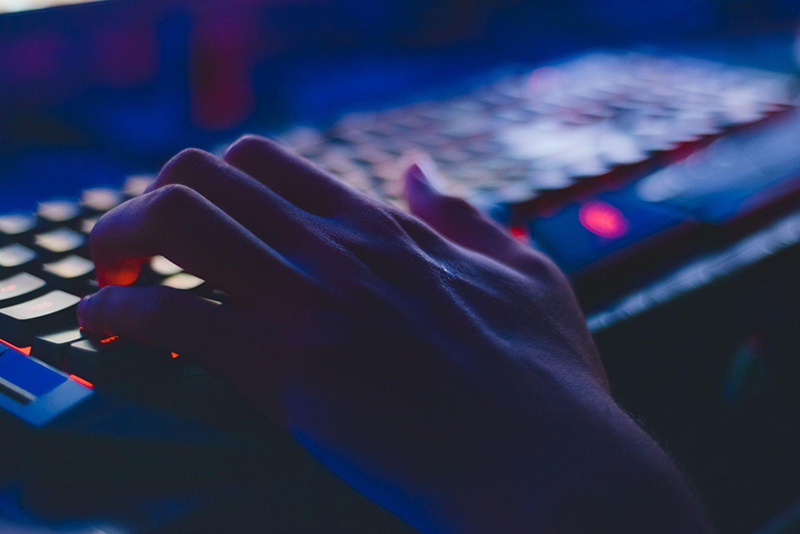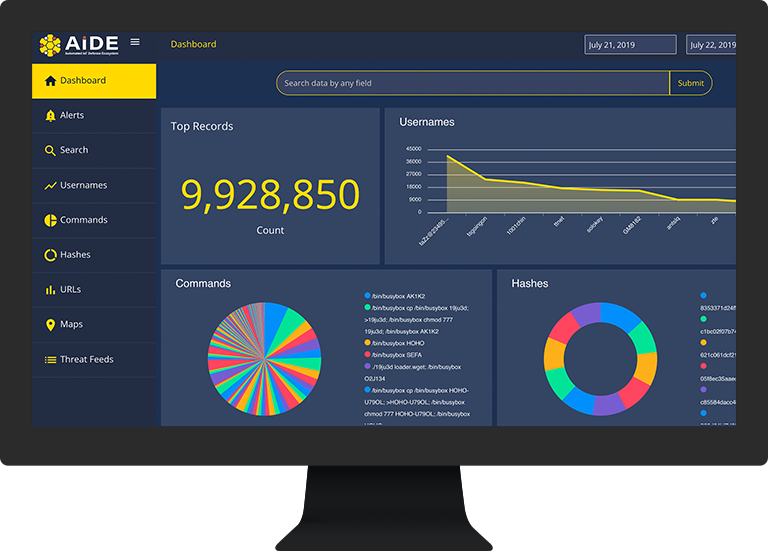Over the last 10 years or so, the world we live in has become much more interconnected, with smartphones, tablets and everyday devices now routinely connecting with one another to provide services.
While most of us are now aware of the internet of things (IoT), we may not yet realise just what impact it will have on businesses in the coming years.
What is the internet of things?
By using sensors to record data and the internet to transmit and collate that data, IoT devices can interact with other devices and systems to create solutions that are personalised to each individual’s needs.
For example, IoT systems can monitor your home while you are out and alert you to anything suspicious. Using your phone’s GPS location, the system can detect that you have left or returned to the house and activate/deactivated security monitoring on that basis.
How can this help your business?
IHS Markit forecasts that the IoT market will grow from an installed base of 15.4 billion devices in 2015 to 30.7 billion devices in 2020 and 75.4 billion by 2025 – which serves to highlight the enormous commercial opportunities that IoT technology brings.
With increased automation of routine processes, it is hoped that human staff will be liberated to carry out more tasks that require creativity
With increased automation of routine processes, it is hoped that human staff will be liberated to carry out more tasks that require creativity.
One example of IoT devices handling routine work is in stock management and replenishment. An IoT stock system can automatically detect low volumes of specific products and reorder them, without any human intervention.
The IoT also brings huge opportunities for advances in data storage and analysis. The recording of so much data, no matter how unimportant it may seem, enables businesses to gain real insights into their processes and performance, helping them to plan for the future and to improve current operations.
Certain industries in particular look set to reap the benefits of IoT technology. In the pharmaceutical sector for example, many processes require meticulous control of conditions, such as temperature and humidity. IoT-connected devices can help monitor these things, detect errors and correct them instantaneously.
With so many connected devices and so much data to analyse, will IoT systems ultimately be prone to breakdowns and failure? Interestingly, it has been posited that IoT devices will actually include self-monitoring capabilities, so that they can measure their own performance and indicate in advance when maintenance or replacement is needed.

